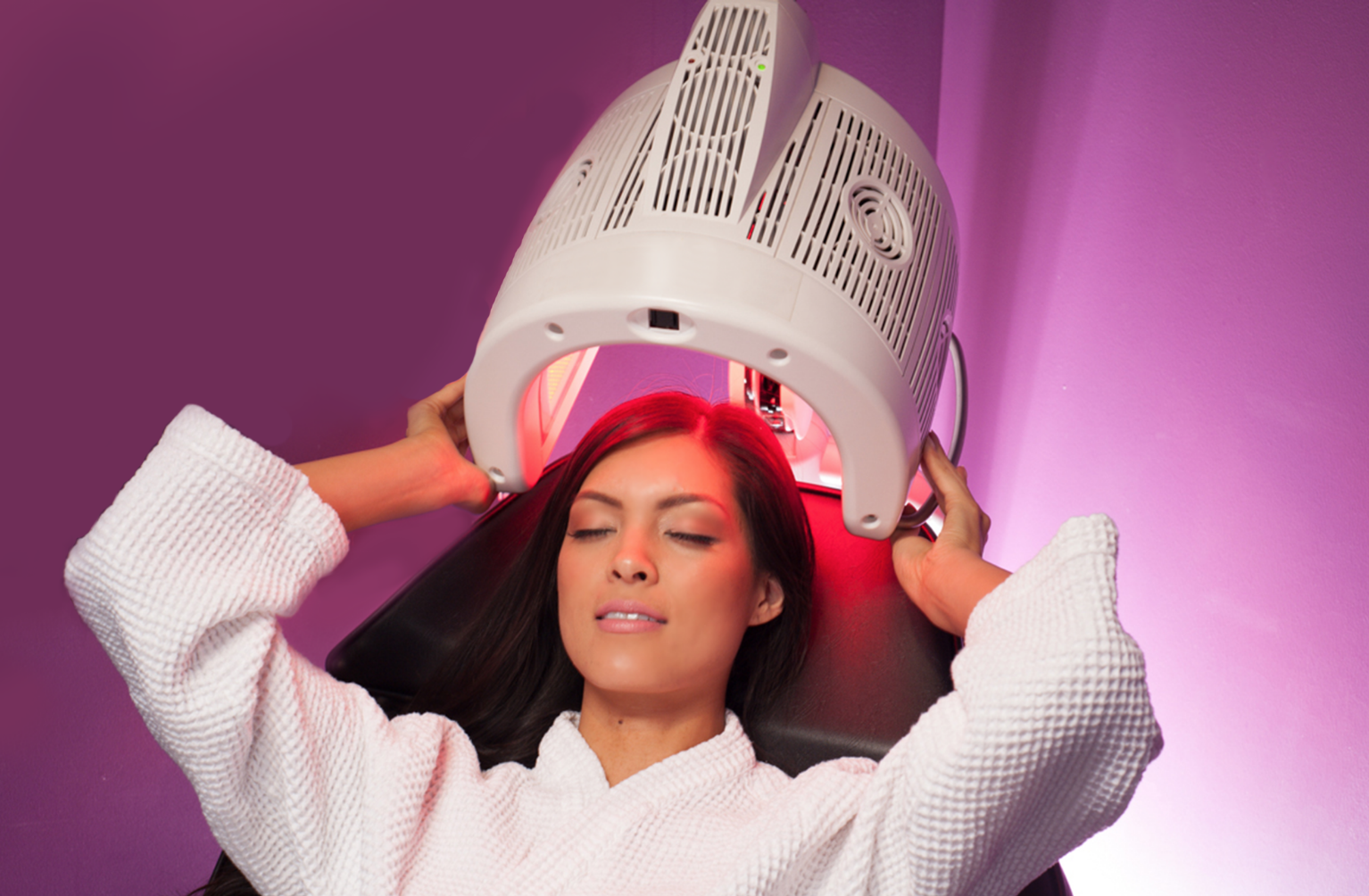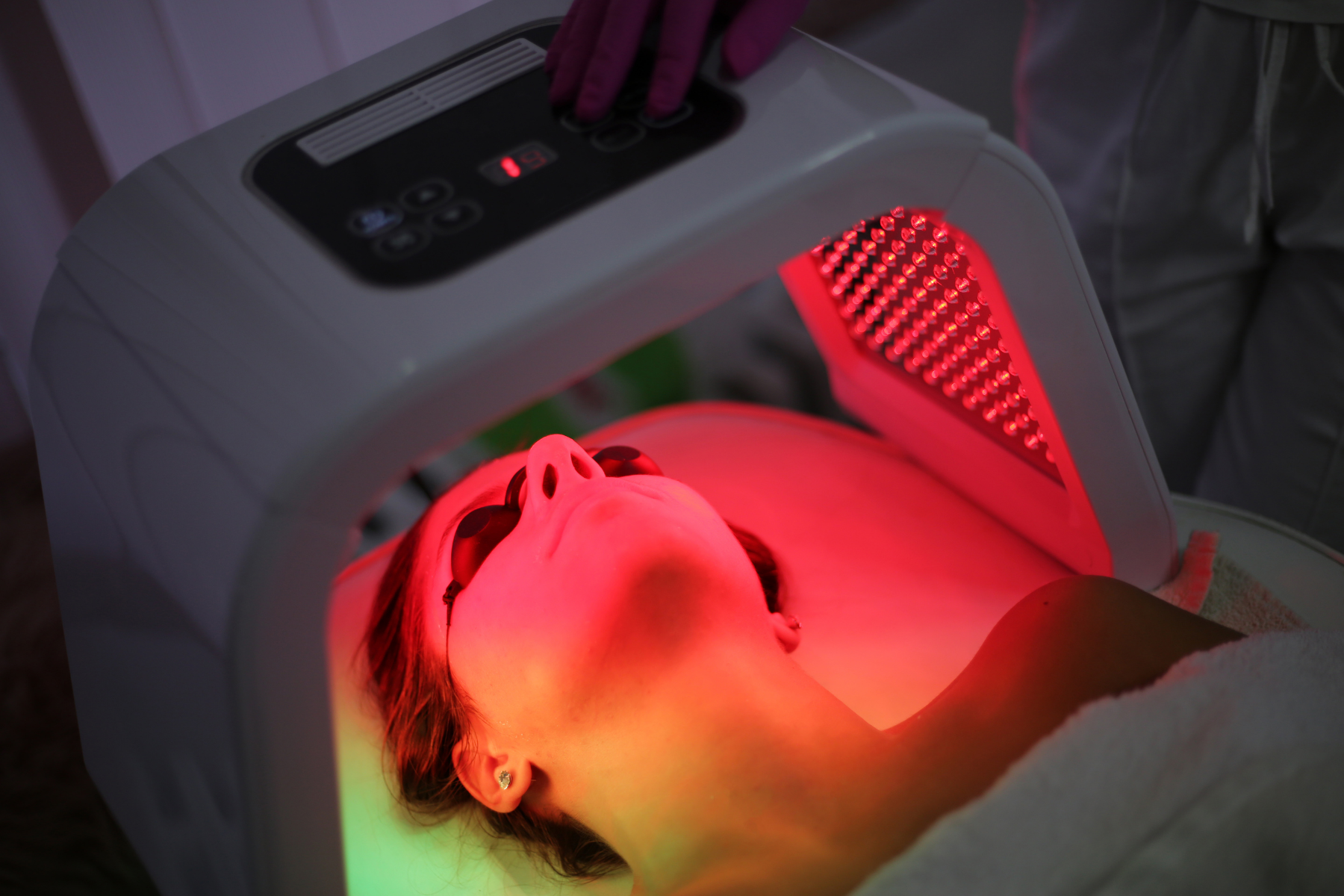Red light therapy has become increasingly popular in the last decade. As there are not enough studies to give us scientific answers to red light therapy ambiguities, it is natural that people have many questions before starting this therapy.
So, does red light therapy tan your skin? This is one of the most common uncertainties people have regarding red light therapy, which was our reason for writing this article.
Be sure to keep reading because before starting the sessions, you need to know a few essential things regarding red light therapy so that you can make the most out of it.

Does Red Light Therapy Tan Your Skin?
With so much misinformation online, it is only natural that people have numerous concerns before they start their red light therapy sessions. The main reason for all those unanswered questions is probably the lack of scientific evidence regarding red light therapy, which in no way is proof that this light therapy is inefficient.
Although there is a lack of scientific research, one thing about red light therapy is 100% proven, and that is that red light does not emit UV. With this information in mind, you can finally eliminate all the false information and be sure that the red light therapy may not tan your skin. Even if you use it regularly for about half an hour, no UV equals no tanned skin.
Moreover, thanks to the powerful properties of red light therapy, this light may provide many benefits to your skin, unlike other UV lights that usually cause more harm than good. For instance, by being consistent with the red light therapy, you may notice smoother skin with fewer fine lines and fresh skin that looks rejuvenated.
When it comes to tan and red light, the only thing this therapy may do is improve the appearance of your tan, making it look brighter and more even, and it also may reduce the sun damage and age spots that are more common in senior people.
Is Red Light Therapy the Same as Tanning?
Next, we wanted to clarify whether red light therapy is the same as tanning. To do that, we will look at what UV is and how it may impact the skin.
UV or ultraviolet radiation is described as a type of electromagnetic radiation and energy most commonly produced by the sun and other artificial sources. The most known artificial source that produces UV is a solarium, which you already know serves as an artificial tanning device.
So, while tanning damages your skin on the outside by emitting UV, which can be harmful and make the skin age faster, red light therapy focuses on potentially healing your skin from the inside out.
In other words, continuous and prolonged exposure to UV rays causes premature skin aging and various signs of serious sun damage, such as liver spots, wrinkles, actinic keratosis, solar elastosis, dry and flaky skin, leathery skin, etc.
On the other hand, instead of tanning your skin, red light therapy works in a way that is 100% natural by possibly stimulating the mitochondria to produce more ATP. It is crucial for healthy and well-functioning cells that later appear in the form of smooth, wrinkle-free radiant skin.

Does Red Light Therapy Change Your Skin Tone?
As you could have already read, red light therapy does not emit UV, so it can not make your skin more tanned. But can it change your skin tone?
Seeing the results from the well-conducted studies on this topic, many participants of the study received a significant improvement in their overall skin complexion and skin tone.
So, although red light can not change your skin tone, it may improve it and make it look even and fresher while reducing dark spots and discoloration.
How to Prepare Your Skin Before a Red Light Therapy Session
Preparing your skin properly before red light therapy is of essential importance if you want to see visible results in as short a time as possible. Therefore, you need to choose a well-formulated cleanser carefully and an antioxidant toner you will use before this therapy.
After you clean your skin well and go over it with the antioxidant-rich toner, you should wait for ten to 15 minutes before starting the RLT session. Doing so will give you the most optimal results, and your skin may benefit best from the RLT.
How Many Red Light Therapy Sessions Do You Need?
The number of RLT therapy sessions you need will decide the aesthetician based on your skin concern and overall health. Still, people usually need three to four RLT sessions monthly for approximately 15 minutes per session.
How Much Time Until You See Results?
Seeing the results from RLT is an individual thing. It depends on everyone’s body, physiology, metabolism, etc. Some people reported seeing results after a month of red light therapy, and others in four to six months. There are many factors influencing the results, such as age, the severity of your skin condition, your overall health, etc.
If you want to make sure that you notice even the slightest changes and improvements, the best thing you can do is take pictures of your skin every seven to 10 days.
Conclusion
In this article, you could have finally read whether red light therapy tan your skin and the difference between red light therapy and tanning. So, does red light therapy tan your skin?
Unlike other lights, red light is proven not to emit UV, meaning it will have zero effect on changing your skin tan. By emitting zero UV, red light is much safer and can be used more often than regular UV lights, which can often be harmful because of their UV emission.
Additionally, we made sure to equip you with valuable knowledge regarding the essential things you must know about this therapy and how you can make it more efficient in improving your overall skin’s appearance. Despite this, you must consult your doctor to see if this therapy suits you.
Finally, the most important thing you need to remember is that because red light emits UV, you need to be as consistent as possible with the red light therapies if you want to see real results.

Hello! I’m Nicky Rodgers.
Almost a decade ago, I got excited about the idea of employing alternative methods like red light therapy to create a healthier life.
To learn more about it, I did my Certified Light Therapist course from Photonic Therapy Institute and started looking into the intricacies of how light therapy influences several bodily processes. Before I knew it, my interest had become an obsession which resulted in this extensive blog.
Here, I offer countless well-researched articles to help you understand the benefits and uses of light therapy. I hope this information gives you a head start in your wellness journey.
